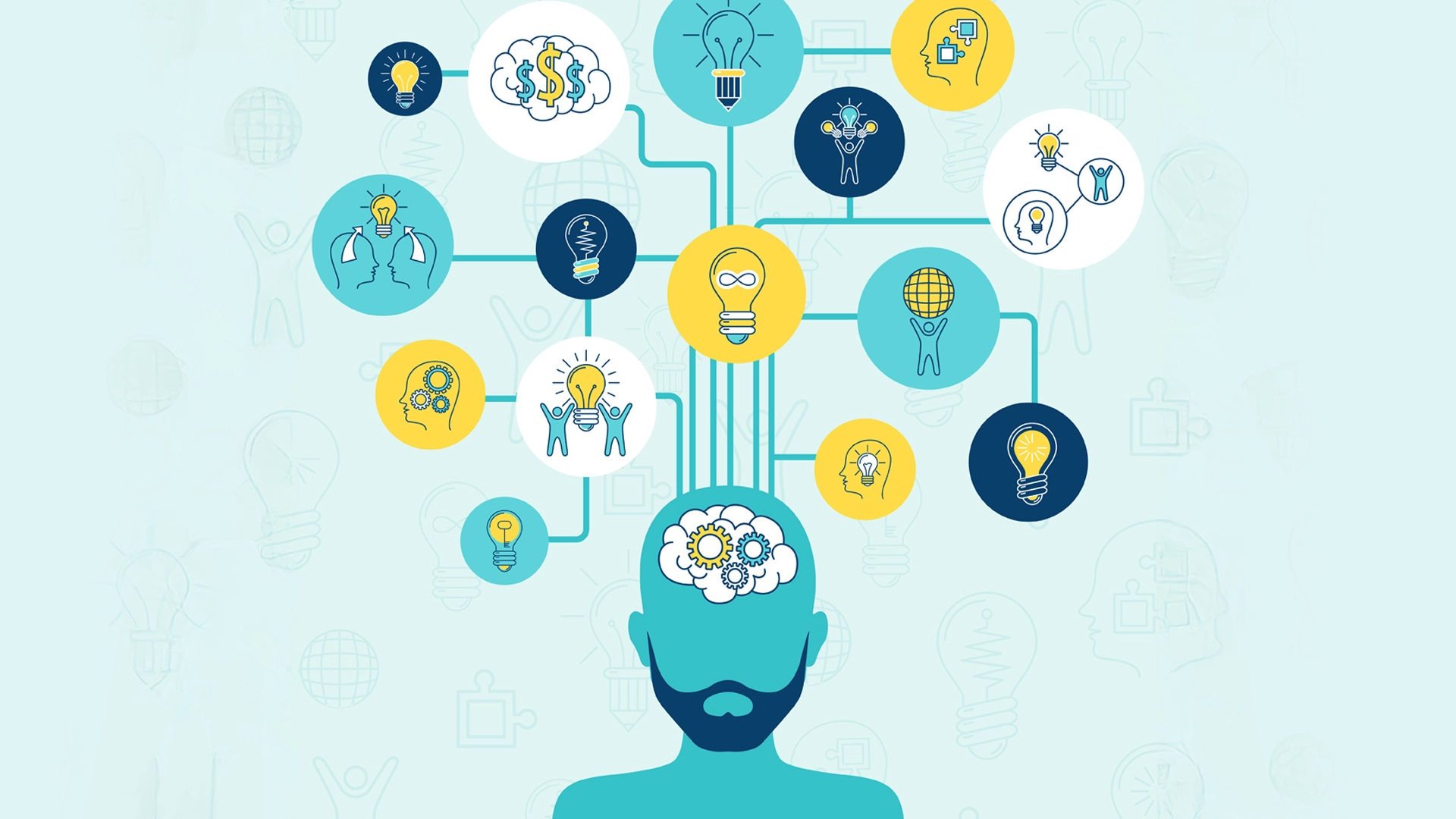Innovation in the medical devices industry is crucial for the health and well-being of everyone and it’s made even more fundamental, especially in medical device development, because medical devices are becoming a part of our everyday lives, whether to monitor, diagnose, or predict the likelihood of a disease or illness, or prevent it through healthy habits.
Among the several approaches to innovation, design thinking healthcare is the one focused on developing and understanding the people for whom we are designing products for. Through the use of methodologies like design thinking, Med-Tech companies have been able to better serve their patients and address specific problems or needs. That’s why design thinking has been increasingly adopted as an approach to support innovation in healthcare.
What is design thinking?
Design thinking is a methodology that centers on users for problem solving: it involves brainstorming, prototyping, and experimentation to end at a solution that properly solves the problem at hand.
It isn’t just about problem-solving, but problem identifying through listening and understanding. It provides an honest picture of your end-user’s pains and needs.
Design thinking typically goes through these steps:
- Empathize: find out more about the area of concern through observing, engaging and empathizing with people to understand their experiences and motivations, as well as immersing yourself in the physical environment so you can gain a deeper personal understanding of the issues involved.
- Define: gather great ideas to establish features, functions, and any other elements that will allow them to solve the problems
- Ideate: “think outside the box” to identify new solutions to the problem statement you’ve created, and you can start to look for alternative ways of viewing the problem.
- Prototype: practically investigate the problem solutions generated in the previous stage through prototypes
- Test: test the complete product using the best solutions identified during the prototyping phase
The goal of the Design Thinking process is to simplify medical device development by focusing on objectives and desires that are important to the users of the product:
- Approachable
- Intuitive
- Ready to use quickly
- Different levels of controls for different users
- Consistent and repeatable
Another important consideration is product aesthetics and it’s even more important with the growing spread of homecare devices. Medical device design companies can be well ahead of the competition in technology and lose the battle in the market if they don’t delight the consumer. Consumers are used to the slick feel and functionality of smartphones, and they don’t tolerate anything less from state-of-the-art medical equipment. Meeting this demand requires a deep understanding of the user journey. Performing deep market and user research, designers can discover unmet needs of the users and new opportunities.
Why is Design Thinking important in medical device industrial design?
Design Thinking can be applied to the development of any product, but it has an essential and powerful role in creating a medical device. Design thinking in healthcare places people front and center – primarily patients and– examining their lives and needs to put the best solutions forward.
When developing a medical device, it is extremely important that your device is compatible for users, through site visits and user feedback sessions.
These User Experience research activities, typical of Design Thinking, allow professionals like physicians and caregivers, as well as patients, to physically interact with the product. The insights to their workflows and mindsets are the first step to informing the design process.
This level of understanding helps identify pain points where there is opportunity for improvement and innovation. These thorough studies lead to the establishment of User Needs, which are the basis for the product requirements list.
In addition, Design Thinking in the Medical Device Development Process can drive a higher ROI (return on investment), making a device easier to use and more efficient and then more accepted. People choose devices with which they interact better and feel comfortable, and Design Thinking in healthcare, especially medical device development, places a priority on the interaction of an individual with the device.
If you’re looking for an expert in industrial design, Creanova’s designers integrate Italian design, creativity and a Human-Centered Design Thinking approach in innovative and intuitive medical devices, honoured by the most prestigious design awards.
Thanks to our 2 decades exclusive experience in medical device industrial design, development and ISO13485 certified contract manufacturing, we can support you to bring your product on the market, matching high aesthetics with improved usability, innovation and enhanced functioning. Contact us!

